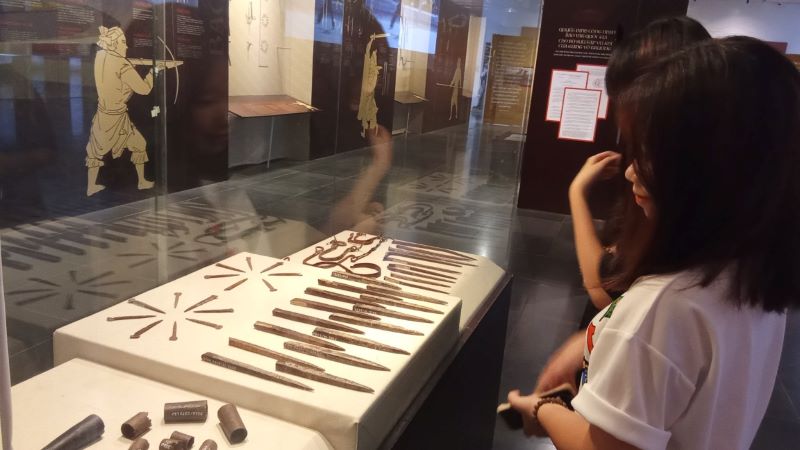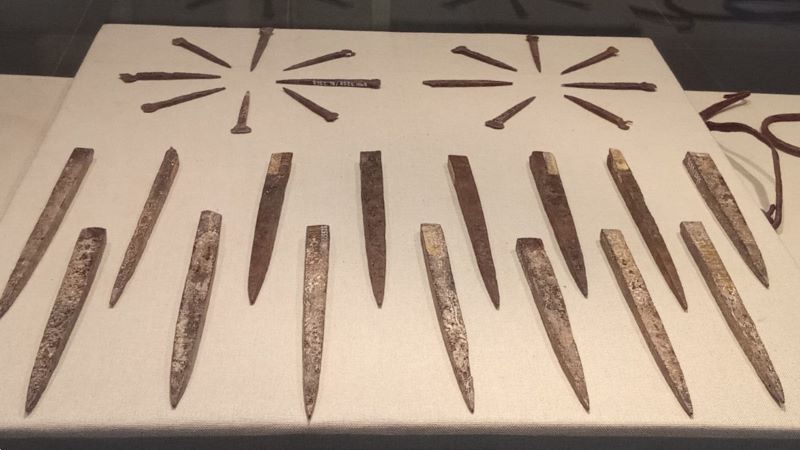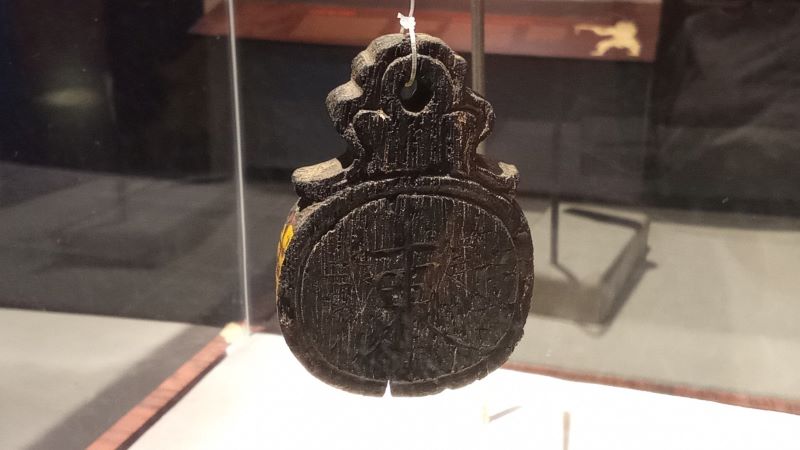In celebration of Hanoi’s 70 years of liberation (October 10, 1954 – October 10, 2024), the local government is set to open the Ngoc Khanh Lake pedestrian zone and its surroundings by October 10, marking the second such area in the central district.
Hanoi’s New Tourist Attraction
Nestled in the heart of Ngoc Khanh Ward, Ba Dinh District, Ngoc Khanh Lake spans approximately 3.6 hectares with a circumference of 750 meters. It stands out as an oasis in Hanoi, a city known for its dense concentration of high-rise buildings. The lake offers breathtaking skyline views and serves as a picturesque foreground for the surrounding structures.
The lakefront and promenade provide the perfect setting for social gatherings, leisure activities, entertainment, and exercise. They also accommodate businesses and services catering to the needs of residents and visitors alike.
As per the plans, the pedestrian zone will encompass the route around Ngoc Khanh Lake in Ba Dinh District, opening up opportunities for exploration and enjoyment from Friday at 7 p.m. through Sunday at midnight.
|
The serene beauty of Ngoc Khanh Lake today. Photo: Visit Ba Dinh |
Ba Dinh District, in a thoughtful preservation effort, has incorporated details reminiscent of the historic Giang Vo Military School in this urban renewal and beautification project, thereby honoring the rich history of this timeless land. Join The Hanoi Times as we unravel the secrets and stories woven into the very fabric of Ngoc Khanh Lake.
A Witness to Hanoi’s Historical Journey
Not many are aware that the present-day Ngoc Khanh Lake, with its poetic allure and bustling surroundings, was once an integral part of the very first National Military School, known as Giang Vo Duong.
According to the Complete Annals of Dai Viet, the Giang Vo Hall was constructed in 1010 during the Ly Dynasty, and this was followed by the establishment of the Archery Hall in 1070.
In August 1253, Emperor Tran Thai Tong founded the Giang Vo School. This institution served as a center for martial arts practice, military strategy instruction, and tactical drills during the Ly and Tran dynasties.
In 1481, the Le Dynasty created the Hai Tri Lake to the west of Thang Long (present-day Hanoi), encompassing the areas of Giang Vo, Kim Ma, and Ngoc Khanh, all of which are now part of Ba Dinh District. At the heart of the lake stood the Thuy Ngoc Palace, while the Giang Vo Hall on land served as a training and testing ground for soldiers and horses.
|
Students in Hanoi delve into the historical significance of Ngoc Khanh Lake. |
Echoes of Vietnam’s Premier Military School
In the 1960s, the discovery of ancient weapons at the Cau Giay Intermediate School of Transport (now the University of Transport and Communications) in Dong Da District sparked interest in researching the relics of the Giang Vo School.
A pivotal moment arrived in March 1983 when the Hanoi authorities embarked on a construction project to expand Ngoc Khanh Lake in Ba Dinh District. As workers dug deep underground, they uncovered a treasure trove of weapons, ceramics, and architectural remnants crafted from wood and terracotta.
Archaeologists were summoned, and their meticulous excavations yielded thousands of artifacts. In 1984, two scientific conferences, organized by the Ministry of Culture and featuring extensive research reports, confirmed that the area surrounding Ngoc Khanh Lake was once part of the Giang Vo Military School during the Le Dynasty (1428-1527). Subsequently, the artifacts were entrusted to the Hanoi Museum for preservation and future generations’ appreciation.
|
A glimpse into the past: Various weapons unearthed during the expansion of Ngoc Khanh Lake are now carefully preserved in the Hanoi Museum. |
Unveiling Underwater Treasures
As elaborated by Nguyen Thi Ngoc Hoa, Head of the Department of Display and Communication at the Hanoi Museum, the collection of weapons from the Giang Vo School is comprised of 111 artifacts, categorized into 13 groups based on their function. White weapons, including spears, two-pronged spears, hook spears, pikes, tridents, swords, and halberds, constitute nearly 83% of the collection, while firearms, such as signal guns and bullets, make up the remainder.
The prevalence of cold weaponry in this collection reflects its prominence during the Early Le Dynasty, the Mac Dynasty, and the Revived Le Dynasty, spanning from the 15th to the 18th centuries. Even in the mid-19th century, as recorded in the Nguyen Dynasty book Examples of Dai Nam Imperial Ceremonies, the royal army relied predominantly on white weapons in their battles. The Tay Son army, on the other hand, utilized cannons and a diverse array of firearms.
The majority of the weapons are crafted from iron, with the exception of stone bullets and signal pistols. The fact that most of these weapons were hand-forged sets this collection apart and makes it unique among those discovered in Vietnam to date.
|
A glimpse into history: Archaeologists meticulously excavate relics hidden beneath Ngoc Khanh Lake in 1983. |
Hoa further revealed that the excavations beneath Ngoc Khanh Lake also yielded remnants of furnaces, bellows, iron slag, and unfinished items, indicating that the weapons were locally manufactured. When initially discovered, many of the weapons had bamboo or wooden handles, but these have since deteriorated.
Priceless Relics from Beneath the Earth
The late Prof. Dr. Do Van Ninh, who actively participated in the excavations, described the Giang Vo School weapons collection as one of the most valuable sets of underground relics ever uncovered in Thang Long – Dong Kinh – Hanoi. The majority of these artifacts are mentioned in historical military records of the Le Dynasty, as well as in the Categorized Records of the Institutions of Successive Dynasties by Phan Huy Chu. These weapons likely played a pivotal role in defending the region against northern invaders.
|
A journey through time: The collection of ancient weapons from the Giang Vo Military School is now on display at the Hanoi Museum in Nam Tu Liem District, Hanoi. |
Numerous archaeologists have remarked that this collection surpasses the Tran Dynasty relics found at But Thap Pagoda in Hanoi and the spear set discovered at Tran Quoc Tuan’s Palace in Hai Duong Province in terms of diversity and craftsmanship.
In addition to iron weapons and artifacts, the Ngoc Khanh Lake collection also boasts wooden relics, the most notable of which is the An Dong access control tablet. This tablet, crafted from ironwood and featuring a hole for threading a string, served as a military badge. Both sides are embossed with Sinographic characters that, when read together, translate to “An Dong” in Vietnamese.
According to Hoa, “This tablet is a rare find. Based on the material and the embossed characters, we can confirm that it was used as a symbol of identity, rank, or branch by a military unit during that era. This discovery sheds light on the original purpose of the Giang Vo School as an area dedicated to martial arts training, military tactics instruction, and high-level military exercises for the feudal court based in Thang Long – Hanoi.”
Given their exceptional historical and cultural value, the collection of weapons from the Giang Vo Military School has been recognized as a National Treasure under Decision No.41, issued by the Prime Minister of Vietnam on January 30, 2023. This prestigious designation brings the total number of National Treasures in Vietnam to 265.
|
The An Dong access control tablet, discovered beneath Ngoc Khanh Lake, offers a glimpse into the military traditions of the past. |
Ancient house in Ma May
NDO – Ma May, a rare quarter that still retains several old houses, has created one of the characteristics of Hanoi. Hanoi’s streets are becoming increasingly crowded and traditional features can sometimes be hidden behind modern life. But if one takes the time to relax and look around, the ancient features begin to reveal themselves.
Russian Film Week opens in Hanoi
NDO – Russian film-lovers in Hanoi will have a chance to enjoy the country’s well-known films with free entrance from December 9 to 13 during the “Russian film week in Hanoi”.














